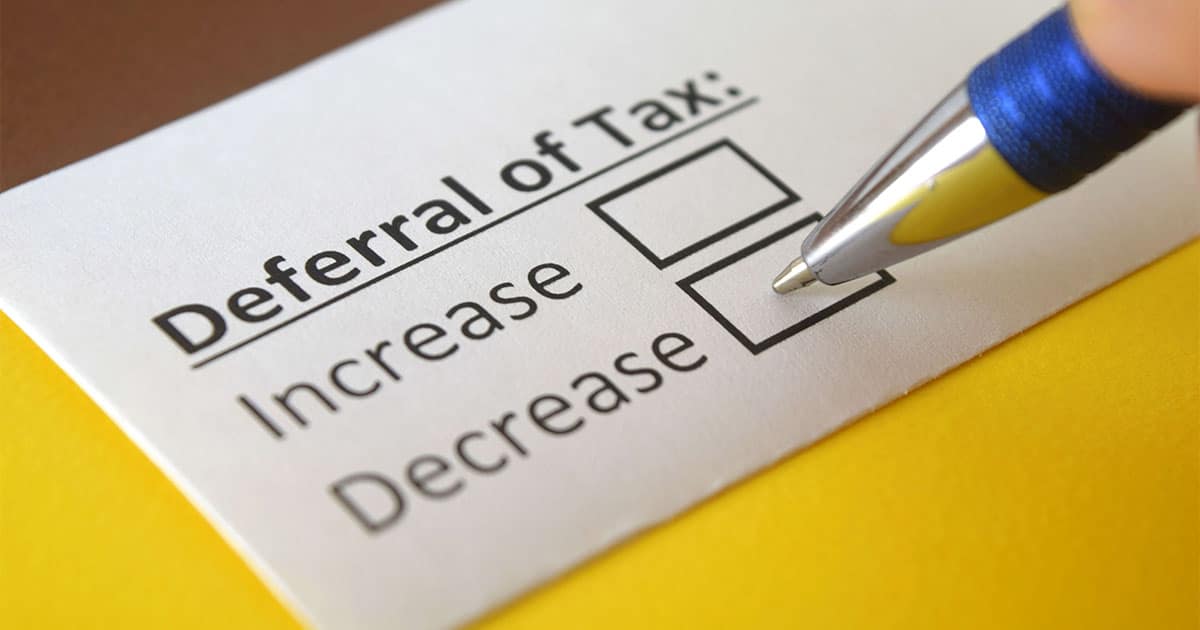Retirement accounts are powerful tools for achieving financial security and reducing your tax burden.
By understanding how to optimize contributions, consider Roth conversions, and defer income strategically, you can enhance your year-end tax planning efforts. This article explores these approaches in greater depth.
1. Maximize Retirement Contributions
Contributing to retirement accounts not only helps secure your future but also reduces your current taxable income. Here’s how to make the most of these accounts before year-end:
- 401(k) Plans: For 2024, employees can contribute up to $23,000 to their 401(k) accounts, with an additional $7,500 in catch-up contributions available to those aged 50 and older. Increasing your payroll deductions during the final months of the year can help you hit the limit and maximize your savings. Many employers also offer matching contributions, so contributing enough to capture the full match is a must.
- Traditional IRAs: Contributions to a traditional IRA may be tax-deductible depending on your income and whether you or your spouse participates in an employer-sponsored retirement plan. For 2024, you can contribute up to $7,000, or $8,000 if you are aged 50 or older. Even if you don’t qualify for a deduction, contributing to an IRA still provides tax-deferred growth.
- SEP and SIMPLE IRAs: Self-employed individuals or small business owners can significantly reduce taxable income through contributions to a SEP IRA or SIMPLE IRA. Contributions to a SEP IRA can be as high as 25% of net earnings from self-employment, up to $66,000 for 2024. SIMPLE IRA contribution limits are $15,500, with a $3,500 catch-up contribution for those 50 and older.
Contributing the maximum allowed to these accounts not only lowers your tax liability but also accelerates your progress toward long-term retirement goals.
2. Consider Roth Conversions
A Roth IRA conversion allows you to move funds from a traditional IRA to a Roth IRA. While you pay taxes on the amount converted now, the account grows tax-free, and qualified withdrawals in retirement are also tax-free.
- Filling Lower Tax Brackets: A Roth conversion can be particularly advantageous in years when your taxable income is lower, such as during retirement or a temporary career transition. This strategy allows you to “fill up” lower tax brackets with the conversion amount, minimizing the tax impact.
- Estate Planning Benefits: Roth IRAs are not subject to required minimum distributions (RMDs), making them an excellent tool for passing wealth to heirs. Funds inherited in a Roth IRA remain tax-free, maximizing the benefit for your beneficiaries.
Roth conversions are a flexible strategy but require careful planning to avoid pushing yourself into a higher tax bracket.
3. Defer Income to Next Year
If you expect to be in a lower tax bracket next year, deferring income can reduce your tax liability for the current year. Consider the following approaches:
- Bonuses and Commissions: If you’re expecting a year-end bonus, ask your employer if it can be deferred until January. This may lower your taxable income for the current year, potentially keeping you in a lower tax bracket.
- Self-Employment Income: Entrepreneurs and freelancers can defer income by delaying invoicing or postponing work until the new year. This strategy is particularly useful if you’ve already met your income goals for the year and can comfortably delay collections.
Remember to balance current-year tax savings with future planning. For instance, deferring income might impact cash flow or limit contributions to retirement accounts. Similarly, while Roth conversions offer long-term benefits, they may result in a higher current-year tax bill, so it’s crucial to evaluate your financial priorities.
Stay tuned for Part 3, where we’ll dive into advanced strategies involving gifting, estate planning, and charitable contributions.
Financial Enhancement Group is an SEC Registered Investment Advisor.






